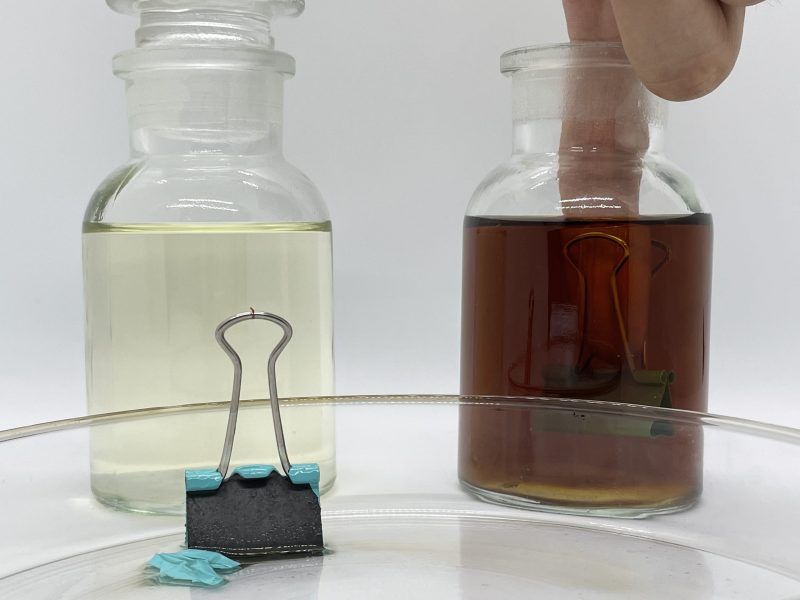
By Richard Mudarra (Colleague of Agriculture, University of Panama, Panama).
The global aquaculture market was valued at $204 billion in 2020 and is expected to reach $262 billion by the end of 2026. Besides the unstoppable growth of the fish industry, the seafood and fishing sector is facing many challenges, such as climate change and high mortalities of fish due to bacterial diseases. Among the various bacterial agents associated with fish disease in tropical environments, Streptococcus agalactiae and Edwardsiella ictaluri are responsible of high mortality in tilapia and catfish production systems, respectively, which can reach between 80% and 100% mortality in outbreaks. Furthermore, Vibrio parahaemolyticus, a pathogenic agent in shrimp, has generated significant economic losses, being responsible to cause the Acute hepatopancreatic necrosis disease, which generates up to 100% death in juvenile shrimp.
The constant use of antibiotics in feed formulation has been the most efficient additive to treat bacterial infections, declining the prevalence of some pathogenic microorganisms that generate economic losses. In fish-intensive farming, antibiotics may be used indiscriminately, resulting in bacterial resistance and the accumulation of antibiotic residues in aquaculture in the final product. However, the main global concern of the continuous use of antibiotics in animal feed is the development of bacterial resistance to antibiotics treatments in humans. Based on this concern, it is necessary to use safer strategies to control pathogenic bacteria in the fish industry and avoid high mortality. Organic acids and their derived salts have been taken attention in the feed industry due to their significant antimicrobial activity, being a potential substitute for antibiotics.
A new formic acid-based additive, Paraformic Acid, and a commercial blend of organic acids were evaluated in an in-vitro study to determine their effectiveness in controlling common pathogenic bacteria. The Streptococcus agalactiae were isolated from the liver, kidney, spleen, and brain of tilapia, the Edwardsiella ictaluri from liver of pangasius, and Vibrio parahaemolyticus from stomach, hepatopancreas and gut of shrimp.
Table 1. Table 1. Minimum inhibitory concentration (MIC) of different feed additives on pathogenic bacteria control in aquaculture.
| Paraformic Acid (g/kg) | Blend of Organic Acids (g/kg) | |
| Streptococcus agalactiae | 4 | > 32 |
| Edwardsiella ictaluri | 4 | > 32 |
| Vibrio parahaemolyticus | 4 | ———————– |
MIC evaluation of Vibrio parahaemolyticus under blend of organic acids was not tested.
Paraformic acid demonstrated to control the survival of Streptococcus agalactiae, Edwardsiella ictaluri and Vibrio parahaemolyticus at a concentration of 4 g/kg, under laboratory conditions,while the commercial blend of organic acids failed to inhibit the same isolated bacteria.
Based on MIC results, the use of paraformic acid efficiently inhibits the growth of pathogenic bacteria that commonly generate outbreaks in intensive production systems of fish and shrimp.


